time:July 28, 2023, 8:19 a.m.source:Luoyang Keda Office Furniture
File cabinet specifications can vary depending on the specific model and manufacturer. However, here are some common specifications and features to consider when selecting a file cabinet:
Size
File cabinets come in different sizes to accommodate various storage needs. The most common sizes are:
(1) Letter Size: Typically measures around 15 inches wide, 28-30 inches tall, and 26-28 inches deep. Designed to hold letter-sized documents (8.5" x 11").
(2) Legal Size: Generally larger than letter-size cabinets, measuring around 18 inches wide, 52-54 inches tall, and 26-28 inches deep. Designed to hold legal-sized documents (8.5" x 14").
(3) Lateral File Cabinets: These cabinets are wider and shallower compared to vertical file cabinets. They can come in various widths, such as 30, 36, or 42 inches, and typically have drawers that extend from side to side.
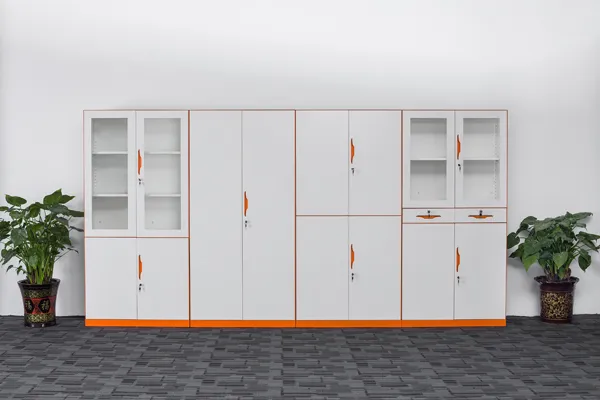
Number of Drawers
File cabinets can have varying numbers of drawers, typically ranging from 2 to 5 or more. Consider your storage requirements and the volume of documents you need to store when selecting the number of drawers.
Drawer Type and Suspension
File cabinet drawers can have different types of suspensions, including:
(1) Ball-Bearing Suspension: Provides smooth and quiet drawer operation, allowing for effortless opening and closing.
(2) Full-Extension Drawers: Drawers that fully extend, allowing easy access to the entire contents of the drawer.
Locking Mechanism
Many file cabinets come with a locking mechanism to secure the contents. This can be a central locking system that locks all drawers simultaneously or individual locks for each drawer.
Materials and Construction
File cabinets are commonly constructed from steel, which provides durability and strength. Look for cabinets with sturdy construction, reinforced corners, and high-quality materials for long-lasting performance.
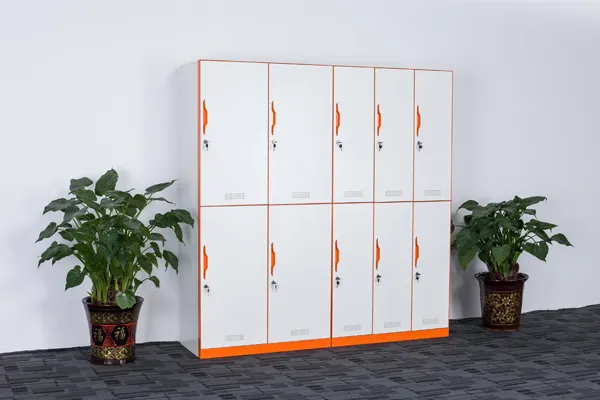
Fire and Impact Resistance
Some file cabinets offer fire-resistant and impact-resistant features, providing added protection for your important documents in case of fire or accidents.
Labeling and Organization
Consider features that aid in organization, such as label holders on the drawer fronts or a file indexing system for easy identification and retrieval of files.
Weight Capacity
Check the weight capacity of each drawer to ensure it can handle the load you plan to store. This information is usually specified by the manufacturer.
Aesthetics
File cabinets come in various finishes and styles to complement different office environments. Choose a design that aligns with your office decor and preferences.
It's important to review the specifications provided by the manufacturer or retailer when considering file cabinets. This ensures that you select a cabinet that meets your specific storage needs and fits within your office space.

Steel File Cabinet
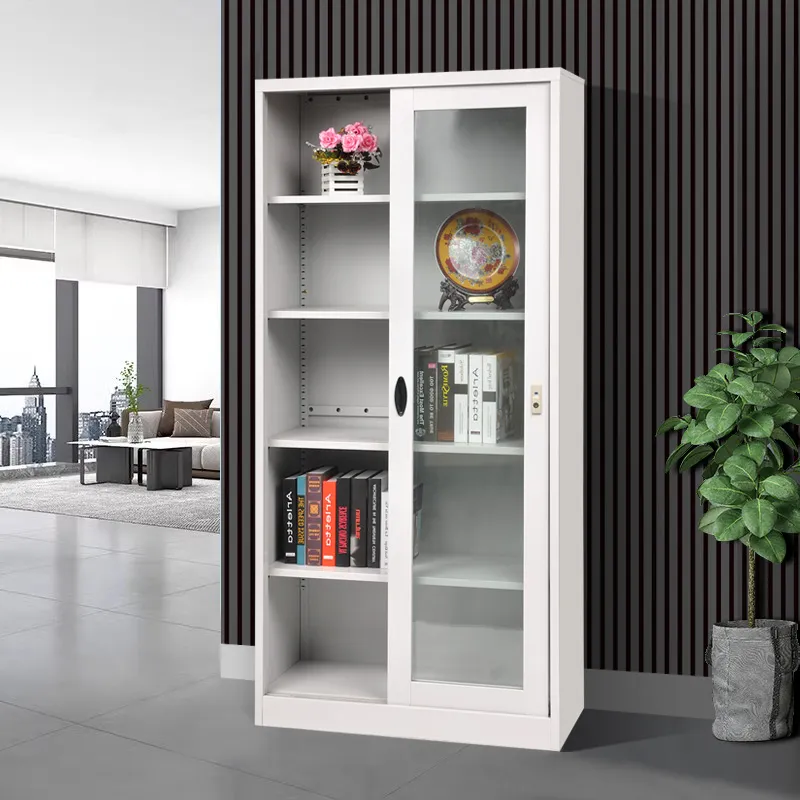
Sliding Glass Door File Cabinet
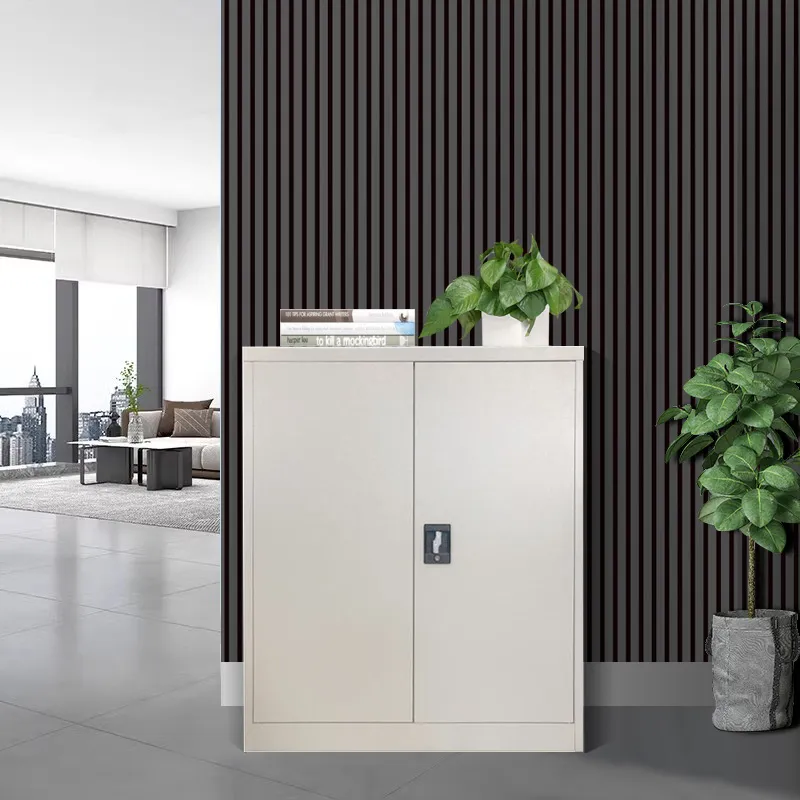
Lower Steel File Cabinet

Half Roller Shutter Door Cabinet

Up Two Door and Down Two Drawer Combined Cabinet
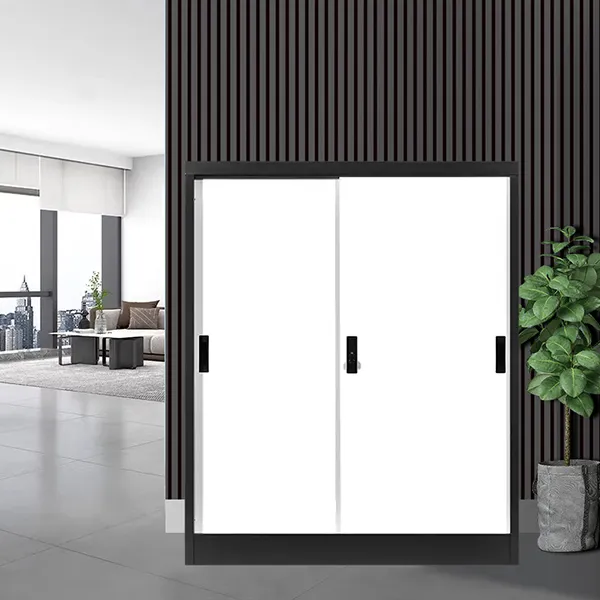
Half Sliding Glass Door Steel File Cabinet

Half height glass swing two door cabinet

Half Sliding Door File Cabinet
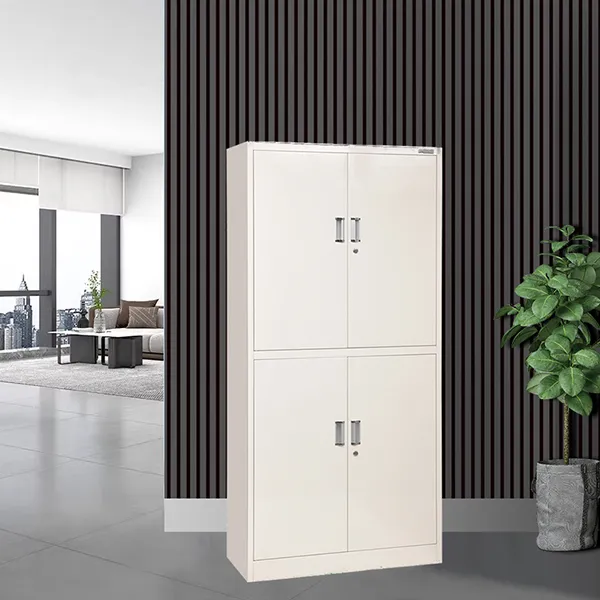
Four Doors File Cabinet
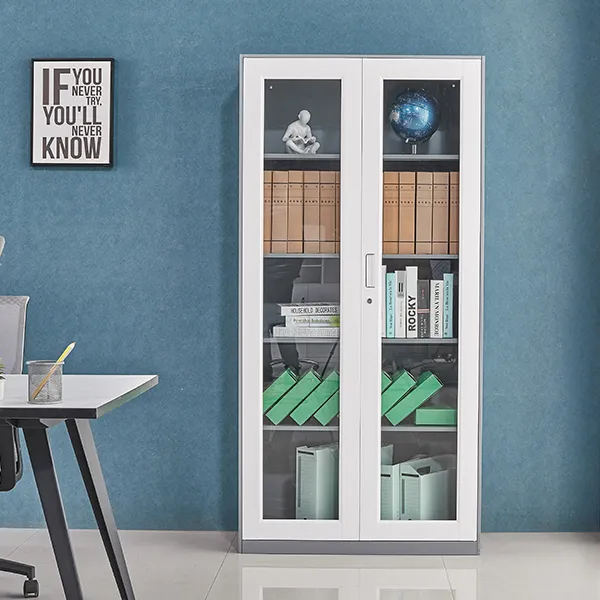
Two glass door file cabinet
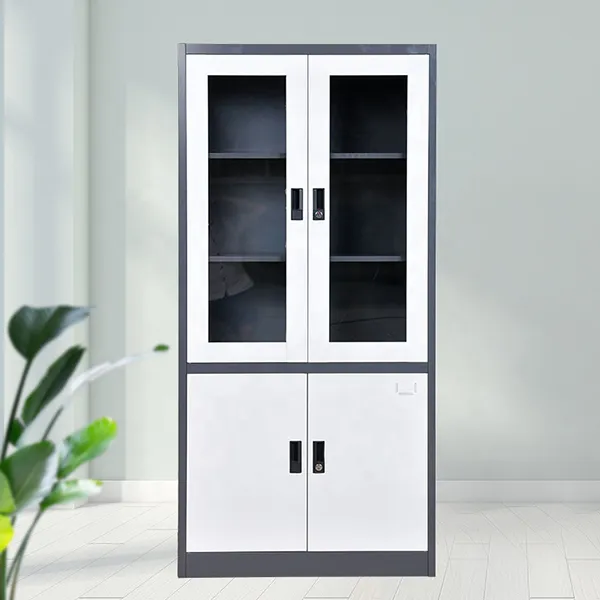
Up swing glass door file cabinet
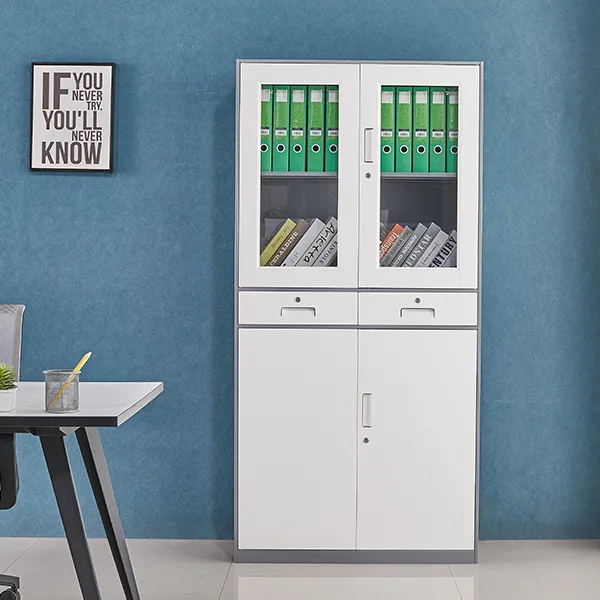
Middle Two Drawer File Storage Cupboard

Metal sliding door steel file cabinet

Up Sliding Glass Door File Cabinet
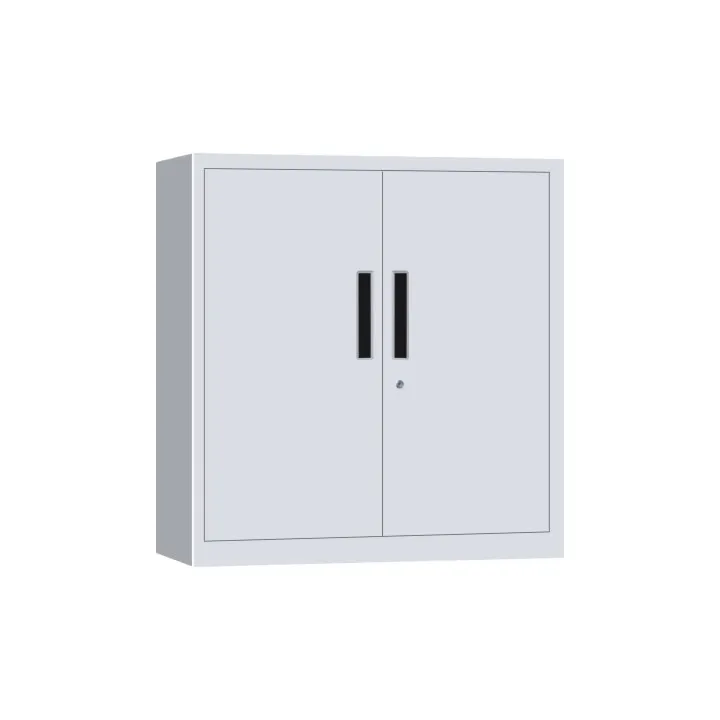
Half File Cabinet
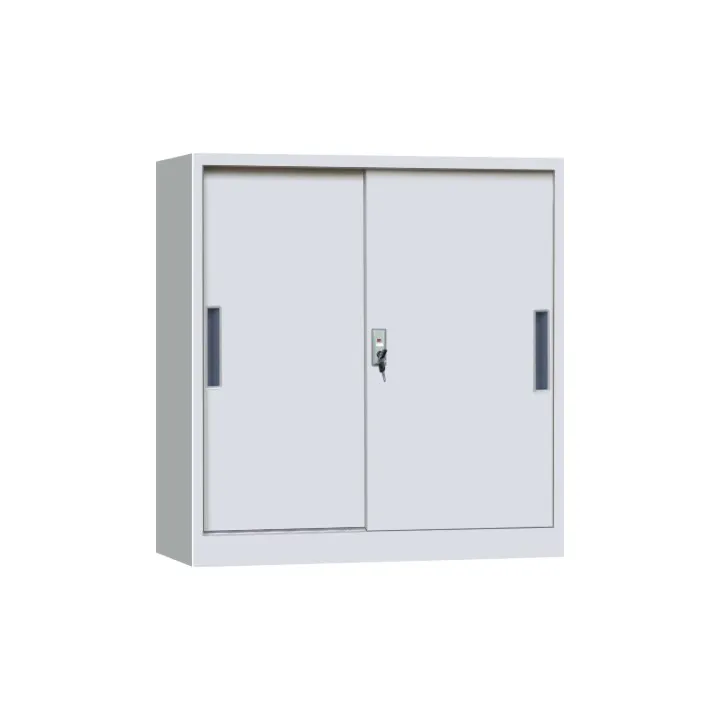
Half Sliding Doors Cabinet

Two Glass Door Cabinet

Half Glass Sliding Doors Cabinet
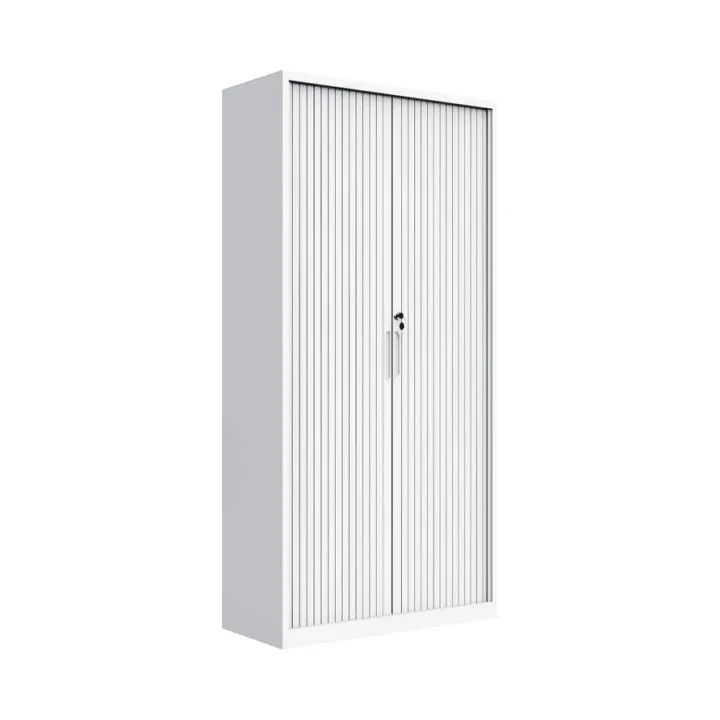
Roller-shutter Doors Cabinet
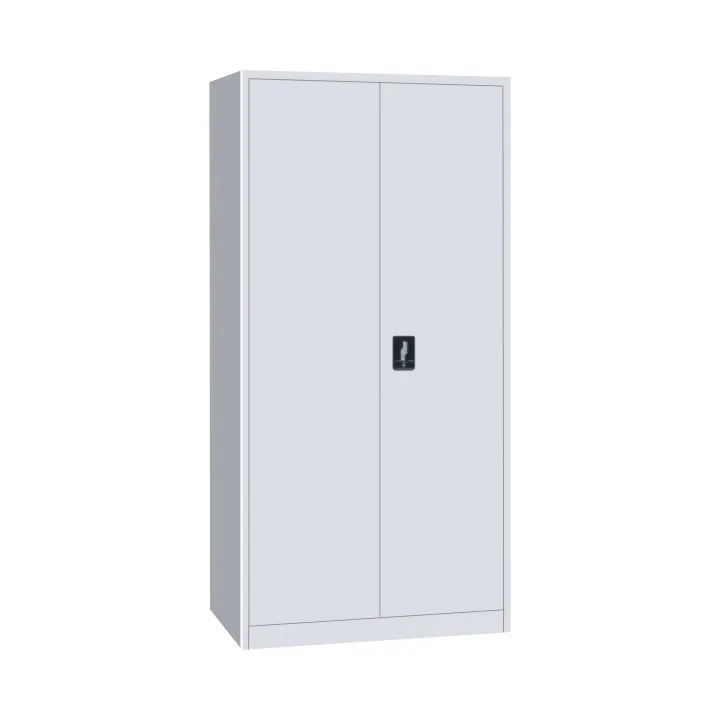
Two Doors Cabinet
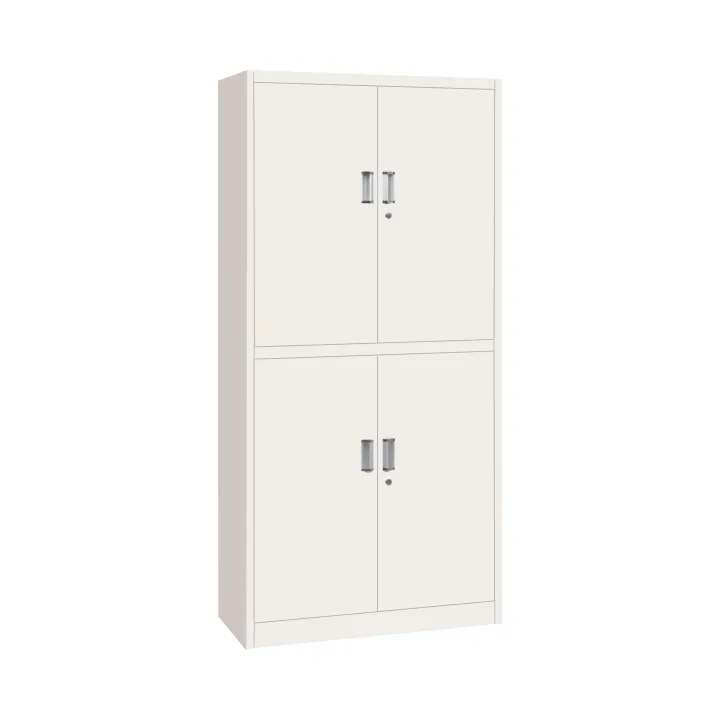
Four Doors Cabinet
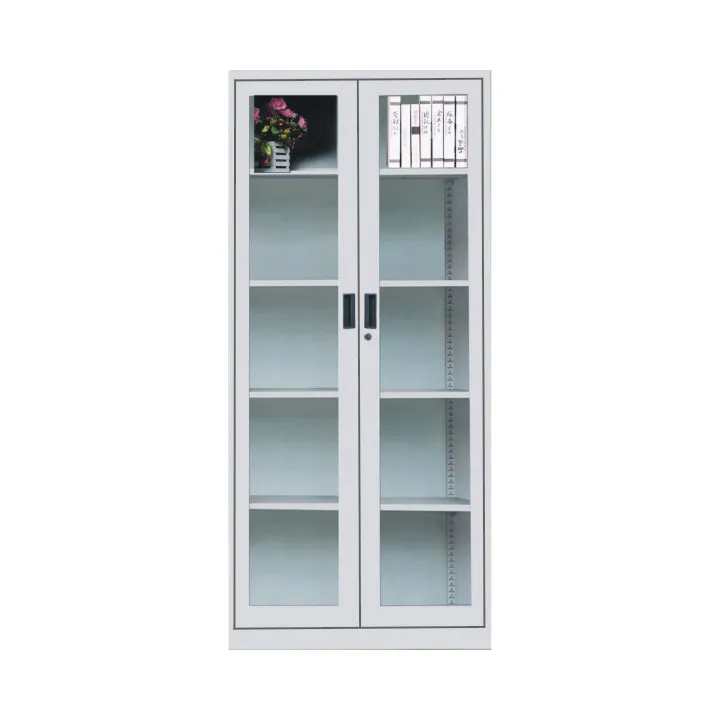
Glass Swing Doors Cabinet
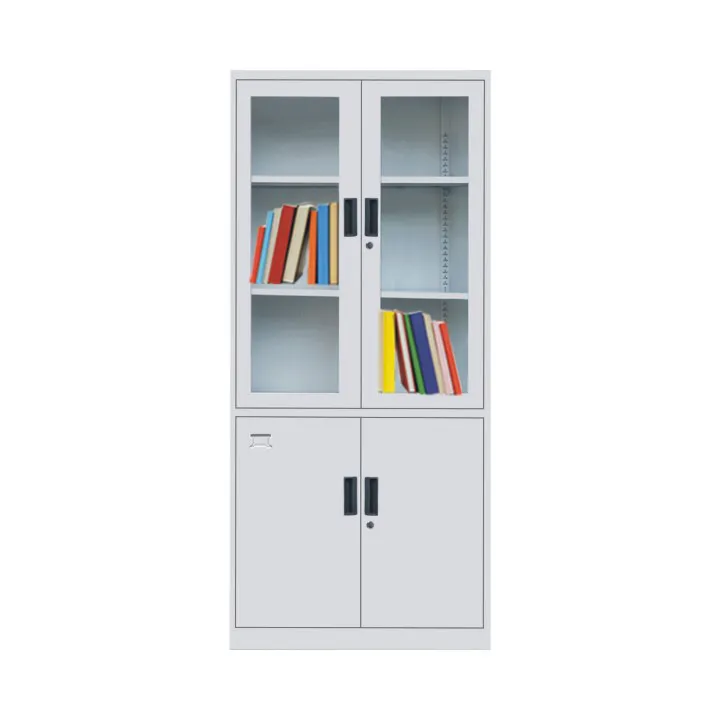
Up Swing Glass Door Cabinet
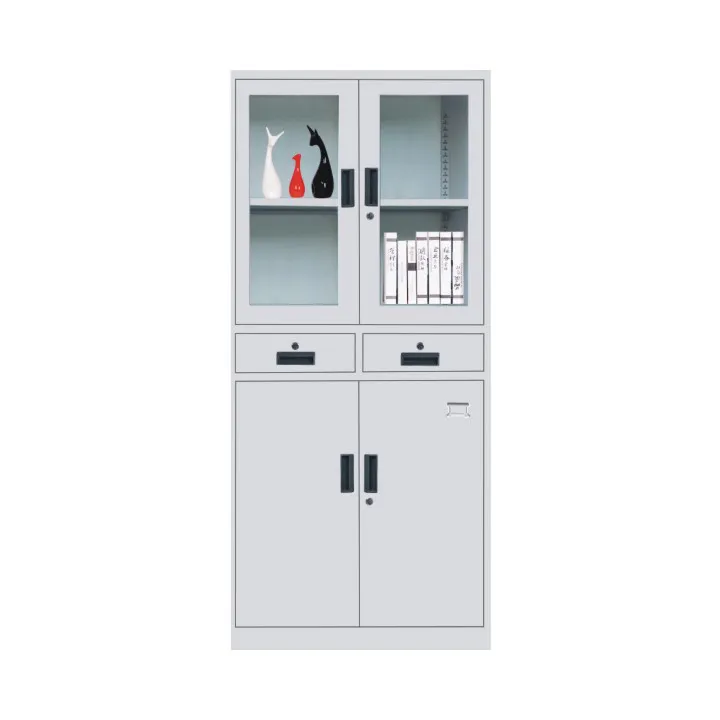
Middle Two Drawers Cabinet
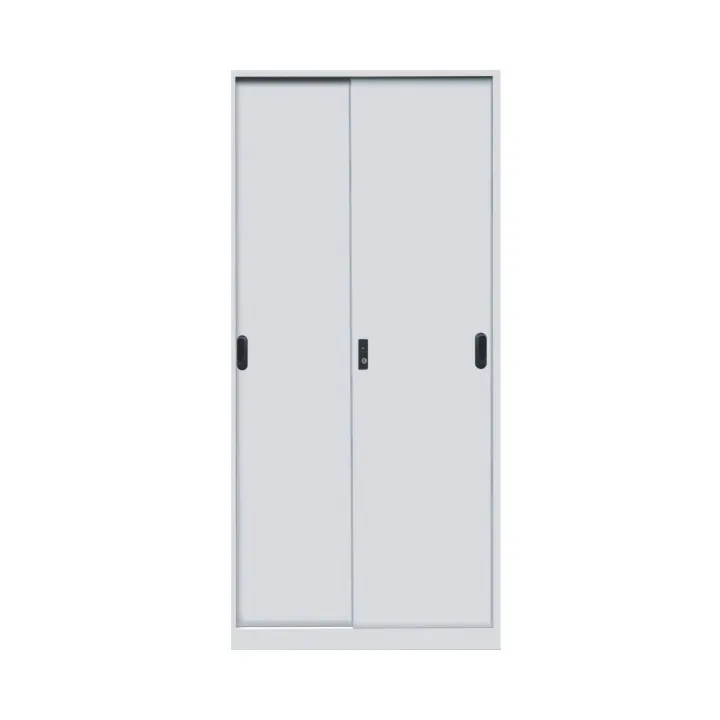
Sliding Door Cabinet
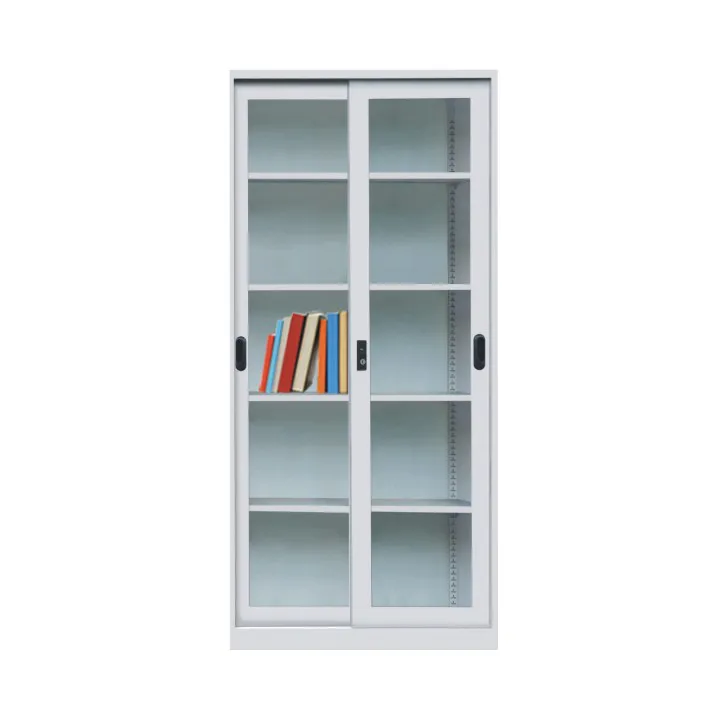
Sliding Glass Door Cabinet

Up Sliding Glass Door Cabinet

Chemical Cabinet